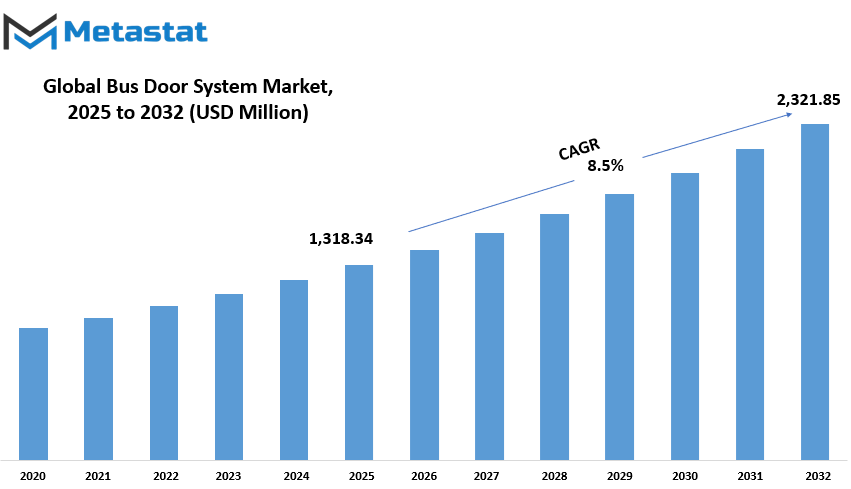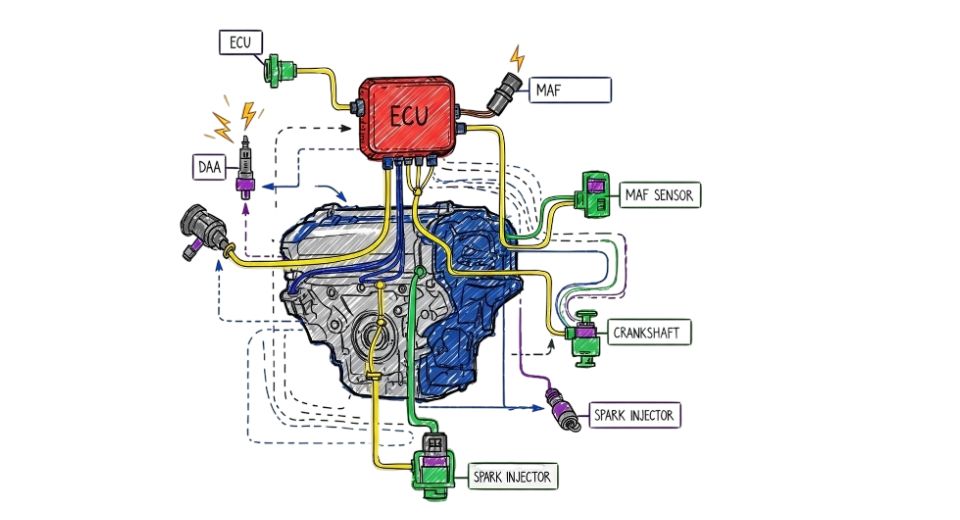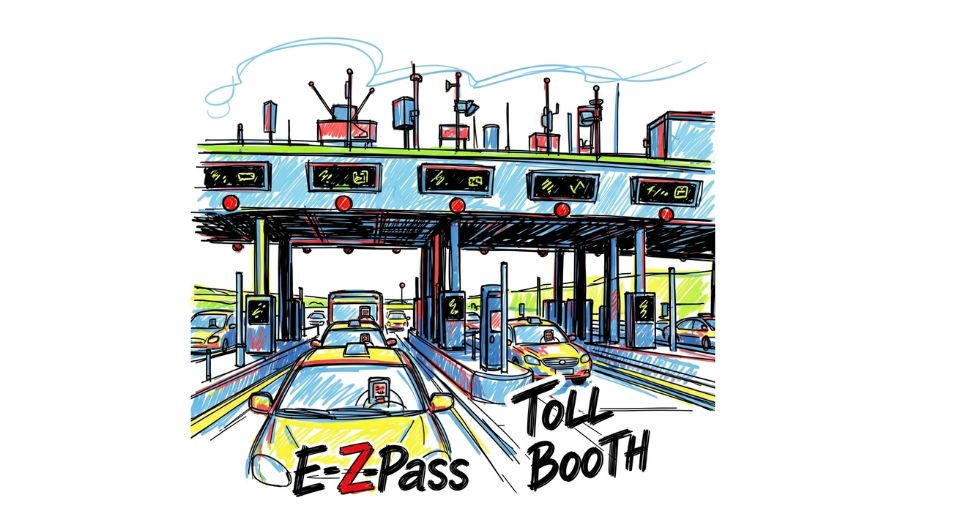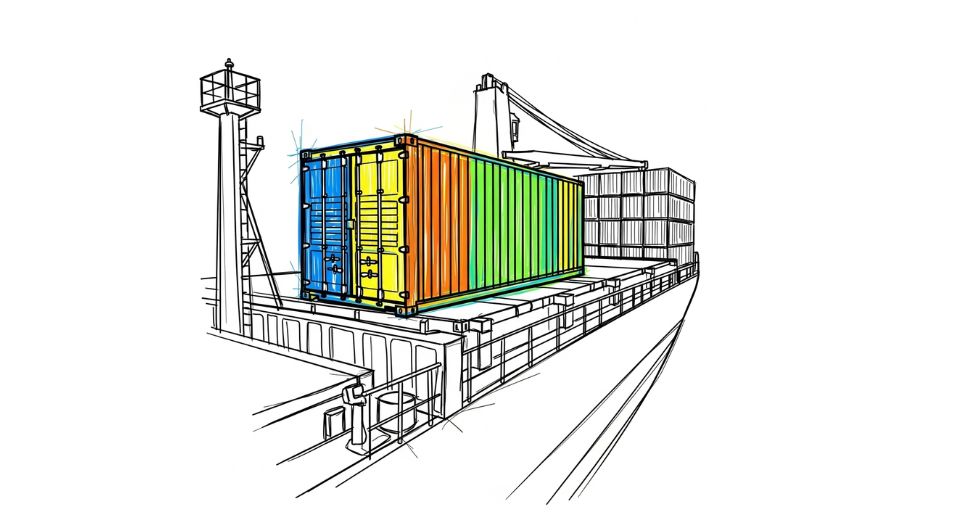MARKET OVERVIEW
The Global Bus Door System Market Technological advances and changing transit demands will dominate for years to come, impacting the public transportation sector. This arena of the transportation equipment industry encompasses design and engineering and encompasses the application of automated door systems for buses along urban and interstate routes. The bus door mechanisms will not only change traditionally in cities that are becoming smarter with regards to the infrastructure and the conception of more sustainable transit models but also transform and transcend the traditional durability and convenience expectations.
As these smart cities embrace data, so will the purpose and complexity of what is built into public vehicle systems change. In the coming times, this Global Bus Door System market will play a significant role, providing connectivity to onboard diagnostics and passenger flow management. Doors will not only be clunky openers or closers, but act in union with other onboard technologies. The role of the doors will be active in all manner of things—from scheduling, controlling passenger entry during busy hours, to routing optimizations.
The market is likely to expand beyond conventional manufacturing and installation to include an AI-based integration and sensor-based safety systems. Modern sensors on the doors should be able to identify obstacles, regulate closing speed concerning passenger movements, and halt any unauthorized access in real time. All of these abilities turn the focus away from mechanistic efficiency to predictive safety and operational intelligence.
Conversely, regulations in this regional market may differ. Climate control in public transport will be prioritizing insulating designs that conserve energy. A quick, more synchronized opening and closing will be necessary in congested areas to curb dwell time at every stop. Such dissimilarities will further feed into customized product development strategies. This will require research and testing like never before.
Yet another area that would attract the Global Bus Door System market will be innovations in materials. High strength-to-weight ratio materials with long-term cost advantages and structural integrity will replace steel and low-tech composites in due time. These materials will also contribute to reducing the overall weight of buses, a consideration regarding fuel efficiency and battery life in electric buses. In this way, a seemingly harmless change in materials can significantly affect broader operations within the transport system.
The future of this market will not be defined by advances that stand in isolation but rather how these systems are integrated into the general framework of urban mobility. Increasingly, the market will engage with city planners, vehicle designers, and funders to create systems that balance user convenience with logistical performance.
Global Bus Door System market is estimated to reach $2,321.85 Million by 2032; growing at a CAGR of 8.5% from 2025 to 2032.

GROWTH FACTORS
The Global Bus Door System market witness's steady growth owing to a multitude of reasons that are reshaping public transport. One of the major reasons for this upward trend is the increasing demand for public transport along with the need for smarter urban mobility solutions. With growing urban population density and a bigger nightmare on road due to traffic congestion, people feel that buses and similar forms of public transport are their best bet. This development has caused governments and transport operators to upgrade their fleet, making modern bus door systems part of that transition. These systems enhance the working of buses, minimizing waiting time and ensuring seamless boarding and alighting for the passengers.
Furthering this smooth transition in mobility, passenger safety and comfort are of growing concern. Public transit systems should be expected to provide safety as well as user-friendliness at every juncture, from fast and comfortable to automate. Bus door systems become safety devices to ensure that potential accidents are avoided and riders have a positive experience through sensors and automated features. The latest buses are integrated with features such as anti-pinch sensors, quick opening and closing, and easy access for differently-abled passengers.
Sadly, even with so many benefits, some challenges are posed to the market. Cost is another detrimental factor affecting the installation and maintenance of advanced door systems. These systems must be engineered carefully, regularly maintained, and such expenditures come into the account of transit authorities, more so in developing areas. The second concern is the retrofitting of the new door systems in older buses, as majority of current ones were manufactured without consideration for advanced automation so to make alterations can prove to be technically challenging and time-intensive.
Against this backdrop, the future for bus door systems looks bright. Electric and autonomous buses are taking over the market, which spells more avenues for innovations. New-age vehicles generally are laden with technologies that synergize well with automated door systems, thus allowing smoother functioning and better passenger handling. Automation of doors will be more emphasized as cities continue to invest in cleaner and efficient transport. This would no doubt provide a very good market opportunity for manufacturers and very much further improve and take along public transport systems globally.
MARKET SEGMENTATION
By Technology
Owing to an increasing expansion of public transport systems worldwide, the Global Bus Door System market is moderately thriving. One such segment is dependent on technology, which in turn includes the Pneumatic Bus Door System and the Electric Bus Door System. Out of these, the Pneumatic Bus Door System bears a valuation of around $854.61 million. Such systems are operated by air pressure which is mostly preferred because of being more reliable and easy to maintain.
Many buses are still depending on pneumatic systems because they've existed in the industry for quite a time and do not incur sharp costs. While in the last few years, Electric Bus Door Systems are drawing more and more attention of people. These technologies use electricity and show the better working performance and noiseless functioning. The demand for electric doors is higher along with the growth of electric mobility.
Technological advances in bus door systems have created improvements in safety, efficiency, and accessibilities. Automatic sensors, safety edges, and emergency override systems are becoming standard features. These features prevent accidents and make transport systems more accessible to people with mobility problems. With the growing cities, modern transit systems have increasingly been put in place to meet growing safety standards and environmental expectations, which in turn influences the bus door system market. Out of these, electric door systems most of all have been gaining popularity as it acts best with the shift into an electric and environmentally friendly bus.
Another great aspect of growth in the market is the regional aspect. Increasing public investment in countries toward public transport automatically leads to an increase in the number of buses manufactured and purchased. This, in turn, leads to an increased demand for pneumatic and electric door systems. In some cases, the decision as to whether to go for pneumatic or electric tends to depend on site conditions such as weather, costs, and maintenance facility.
Every market player is trying to improve durability and ease of installation and responsiveness in these systems. With safety being the prime factor in public transportation, sensor and control units are also being improved by various companies. The market for bus door systems will always be on the rise with cities seeking to provide faster, safer, and more comfortable public transport. With the push toward greener technology and better transit infrastructure, the global bus door system market is set to expand further as the market value and reach develops in both the pneumatic and electric technology segments.
By Application
Owing to the increasing demand for buses in different applications, the Global Bus Door System market will be poised for reasonable growth. The number of buses running in different sectors, especially public and private transport, is a key contributor to this growth. Over time, cities have become more congested, and one of the travel modes that people are generally willing to use is buses that provide reasonable transport. This, in turn, necessitates increased need for door systems that are reliable, easy-to-use, and durable. Each bus type, whether a city bus that stops frequently or an intercity bus that travels for longer periods, requires a specific door system for its particular application.
The market is classified by application into School Buses, Shuttle Buses, Intercity Buses, City Buses, and Others. School buses consider the safety of children; thus, the door systems of such buses must possess strength, reliability, and security. Any failing in such systems may cause dire consequences, making quality a priority in this sector. Shuttle buses, which are typically used for short-distance trips such as in airports or between hotels, need quick and smooth door action so that passengers can board and exit quick.
This ultimately saves time and enhances customer experience. Intercity buses operate on longer routes, focusing now on comfort and efficacy. Their door systems need to be fairly effortless for passengers to work with while being solid enough in terms of serviceability over long-term use. Comparatively, city buses carry thousands of people every day. Their doors open and close more often than any other type of bus so they must be designed for extra heavy-duty service. Lastly, under Others, it can include tour buses, special service vehicle, or even private buses that need to fall back on proper door systems for safety and convenience.
Technological interventions are also a factor to be considered concerning the shaping of the market. Generally, these days, many buses are fitted with automatic door systems that use sensors to avoid accidents. Such systems greatly facilitate the use of buses by all age groups, including the elderly and the disabled. Governments in several countries are also investing in improved public transport systems; this increases demand for bus door upgrades. Therefore, as the general population continues to rely on the bus for their daily travel, the market will be further driven by increasing requirement for efficient and safe door systems.
|
Forecast Period |
2025-2032 |
|
Market Size in 2025 |
$1,318.34 million |
|
Market Size by 2032 |
$2,321.85 Million |
|
Growth Rate from 2025 to 2032 |
8.5% |
|
Base Year |
2024 |
|
Regions Covered |
North America, Europe, Asia-Pacific, South America, Middle East & Africa |
REGIONAL ANALYSIS
The Bus Door System global market is evaluated with respect to various geographical regions comprising countries that lay the overall demand and growth of the market. Such regions as North America, Europe, Asia-Pacific, South America, and the Middle East and Africa have different effects on the overall trends, preferences, and innovations in the bus door system industry because of peculiar local transport needs, government regulations, and technology.
The North American market may be further subdivided with respect to key nations such as U.S., Canada, and Mexico. The U.S. plays a big part in the market with its improvement of public transport facilities for the safety standards. Increasing demand for high-performance and long-lasting bus-door systems is driven by the growing interests in modernizing public transport systems in Canada and Mexico.
European countries comprising the market include the UK, Germany, France, Italy, and the Rest of Europe. Germany and France are two countries that are heavily engaged in transforming the public transportation system into smart systems to extend the impact of modern solutions with safety and efficaciousness components. Somewhere around similar developments are ongoing in the UK, too, especially so with urban settings, where the public buses are a daily requirement. But this is complemented by increases in demand by Italy and the rest of the region for green buses that would require their door designs to support operating efficiencies as well as safety for passengers.
Other countries in Asia-Pacific include India, China, Japan, and South Korea, along with the Rest of Asia-Pacific. One of the fastest-growing markets in the world on account of population explosion and an' increasing demand for urban public transit. High populations of China and India apply pressure on the development of e-buses and government-supported transport projects, which create demand for bus-door systems. Similarly, Japan and South Korea have technology-oriented transport systems that are continuing to develop smart features in their buses.
In South America, countries like Brazil and Argentina are joining other South American countries in upgrading their public transport services. An improved infrastructure for the buses is coming into existence, along with modern doors and safety systems.
Middle East & Africa: The promotion of good public transport networks across GCC countries, Egypt, South Africa, and the rest of the Middle East & Africa is with the aim of improving mobility efficiency and, thus, reducing traffic and pollution. Therefore, all of these will generate a great demand for modern bus door systems, which then come with durability and safety for passengers.

COMPETITIVE PLAYERS
The global Bus door system market witnesses steady growth, as city bus transportation is rapidly expanding in both developed and developing countries. These systems employed in buses are an absolute necessity for passengering smoothly and safely. The systems must be reliable under all conditions, such as heavy work, trying weather, or safety and health precautionary situations. The operations and sales of more of public fleet therefore hope to give profitable opportunities for advanced bus-door systems as the next era of midbus doors is assured safety and on the efficiency. Reasons why one of the major catalysts is the increase in demand for the New Age model of automatic and electrical bus door systems, given that these facilities go a long way in saving an awful lot of humans' physical efforts, increased in speed, and thereby the safety of their operation. Presently, these doors have been commonly installed at service buses, coach buses, and school buses.
The top rung of the bus door system industry is bending backward to meet such growing demands, whomever the business front-view operators are. Ventura Systems, Continental, Bode Sud, Carwood Motor Units Ltd, Elektra, Faiveley Transport Czech, HÜBNER GmbH & Co KG, IWN GmbH & Co KG, KBT GmbH, MASATS SA, Mitech Bus Door Systems Private Limited, Oy Tamware AB, Shavo Norgren (India) Pvt Ltd, and Transport Door Solutions are very cognizant about all the great possibilities in bringing modern, efficient, and sturdy bus door systems to meningitis. These are, rather, between the holders of some of the patents for research that are adept towards smaller door systems that are quick to respond, economize on power, and curtly on maintenance value-apparently, their gear will seem to be filling up adequately against the city transport authorities and the private bus makers.
Since the standards for safety are getting harsher, producing systems for automation include some paramount requirements: they must be able to respond to any possible obstacle and must operate with opening and closing pressure. Companies also focus their efforts on designing systems that can be retro-installed much more easily into any upcoming bus models. Environmental sustainability is becoming more critical, with some major players considering weight-efficient, energy-efficient systems for reducing fuel consumption and pollution.
The world of bus door systems mirrors some of the larger transformations in transportation, moving towards electric and hybrid buses. These new buses are designed and they demand systems that match this performance. Manufacturers have made changes to their products so they flow appropriately with the implementation of the new bus technologies.
In general, the Global Bus Door System market has huge theoretical applications and potential. Global manufacturers are investing in product development with safety and convenience and energy saving in mind, all of which are essential for the future of public transportation.
Bus Door System Market Key Segments:
By Technology
- Pneumatic Bus door System
- Electric Bus Door System
By Application
- School Bus
- Shuttle Bus
- Intercity Bus
- City bus
- Others
Key Global Bus Door System Industry Players
- Ventura Systems
- Continental
- Bode Sud
- Carwood Motor Units Ltd
- Elektra
- Faiveley Transport Czech as
- HÜBNER GmbH & Co KG
- IWN GmbH & Co KG
- KBT GmbH
- MASATS SA
- Mitech Bus Door Systems Private Limited
- Oy Tamware AB
- Shavo Norgren (India) Pvt Ltd
- Transport Door Solutions
WHAT REPORT PROVIDES
- Full in-depth analysis of the parent Industry
- Important changes in market and its dynamics
- Segmentation details of the market
- Former, on-going, and projected market analysis in terms of volume and value
- Assessment of niche industry developments
- Market share analysis
- Key strategies of major players
- Emerging segments and regional growth potential











 US: +1 3023308252
US: +1 3023308252






